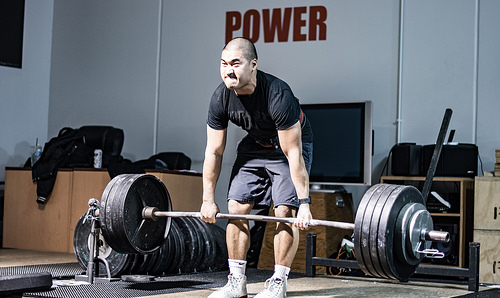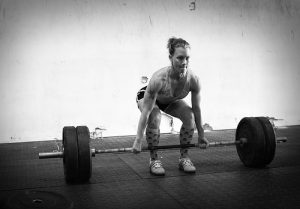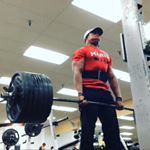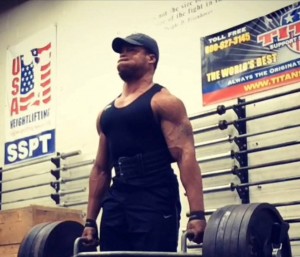Deadlift for Fat Loss? Lean Muscle Tissue? Variety? Functionality? Stress Relief?
Overview.
- The deadlift requires a substantial amount of energy to perform, leading to a greater expenditure of calories burned during and AFTER a deadlift session
- The primary anabolic hormones involved in muscle tissue growth and remodeling – testosterone, IGF, and growth hormone – are secreted significantly with large, compound exercises such as the deadlift.
- While the Classic or Conventional Deadlift is one of the more popular versions of the deadlift, there are a number of variations.
- The hip hinge is one of the six functional movement patterns – movements necessary to perform activities involved in daily living.
- The deadlift is one of the most effective exercises for posterior chain development.
- Deadlifts are an effective way to blow off some steam and release some aggression!
First and foremost, I am unapologetically biased towards the deadlift as a competitive powerlifter. The deadlift is one of the three lifts involved in powerlifting competitions aside from the bench press and back squat. During competition, the deadlift is the third lift to perform before calculating the sum of all three lifts, or the “total”. As the last of the three movements, the deadlift often produces the highest adrenaline and is the most exciting of the powerlifting meet.
Besides performing as a necessity for powerlifting, the deadlift does have a number of advantages for individuals, including to shed fat, build lean muscle, and improve overall strength. So without further ado, here are the top six reasons to practice the deadlift:
1. Metabolic Effect
Want to burn more fat?
The deadlift is a HUGE compound exercise that utilizes multiple joints, involving larger muscle groups, and a higher number of recruited muscles to perform.
Since the deadlift involves so many different muscles and is such a complex movement, it requires a substantial amount of energy to perform, leading to a greater expenditure of calories burned during and AFTER a deadlift session.
Also, with greater activation and recruitment of larger muscle groups, the greater the potential for increased lean muscle tissue, which leads to greater metabolic benefits AT REST. (In other words, you will burn more calories throughout the day even when sedentary, leading to more potential for fat loss).
2. Hormonal Effects
Want to build lean body mass?
Similar to yielding a high metabolic effect, the primary anabolic hormones involved in muscle tissue growth and remodeling – testosterone, IGF, and growth hormone – are secreted significantly with large, compound exercises such as the deadlift.
Compare the deadlift, a HUGE multi-joint, compound exercise to a biceps curl, or a single-joint isolation movement.
Due to a greater number of muscles involved as a compound exercise and complex movement pattern, the deadlift will yield substantially greater anabolic hormone secretion, leading to a cascade effect to benefit the exercises performed thereafter of the workout session.
Larger, more complex, compound movements such as the deadlift are usually recommended to be performed at the beginning of the workout for this advantage among other reasons including maintaining proper technique.
Bottom Line: The deadlift requires nearly every muscle and is one of the greatest compound exercises to stimulate a HIGH metabolic and hormonal effect.
3. Variety
While the Classic or Conventional Deadlift is one of the more popular versions of the deadlift, there are a number of variations. These variations all derive from the fundamental hip hinge movement. Variations of the deadlift include the following:
Sumo Deadlift
Classic/Conventional Deadlift
Trap Bar Deadlift
Romanian Deadlift (RDL)
Deficit Deadlift
1-Leg Romanian Deadlift (RDL)
Kettlebell Deadlift
Suitcase Deadlift
Want a more cost-effective, durable weight-lifting belt as pictured above? Click HERE.
4. Functional Movement Pattern
The hip hinge is one of the six functional movement patterns – movements necessary to perform activities involved in daily living. The hip hinge is a fundamental aspect of performing deadlifts and can be carried over to properly lifting objects.
When lifting heavy boxes or are moving furniture, use proper deadlift hip hinge mechanics to lift and lower the object. To practice the hip hinge, maintain a neutral spine (flat back), hinge the hips backward, and then hinge the hips forward to extend the hips, squeezing the glutes to finish. (There are numerous videos online teaching proper execution of the hip hinge with a dowel rod or broomstick.)
Want to learn the FIVE other functional movement patterns that should be included in your program? Click HERE.
5. Posterior Chain Development
What is one of the most effective exercises for posterior chain development?
The posterior chain consists of the glutes, hamstrings, and low-back. The glutes are highly recruited and activated in the deadlift as a primary mover.
The hamstrings are a synergist (a muscle that assists the prime mover to execute a movement), working in concert with the glutes and the low-back musculature, which perform as stabilizers.
Want a more developed upper-back? The deadlift is also an EXCELLENT developer of the upper-back involving heavy recruitment of muscles including the trapezius, latissimus dorsi,, rhomboids, and teres major.
6. Stress-Relief
Having a rough day at the office? We have all been there, right?
Deadlifts are an effective way to blow off some steam and release some aggression! ‘Just be sure to follow proper progression and develop proper form before executing the deadlift.
The following is a brief list of other benefits of deadlifting:
- Power Production – Trap Bar Deadlifts (Research Article? Click HERE.)
- Stronger Core
- Improved Posture
- Grip Strength
- Mental Toughness
There you have it – the top SIX reasons to perform the deadlift. Have any questions? Feel free to contact me if you or a friend have any deadlift-related or fitness-related questions by commenting in the section below.
Happy Deadlifting!
